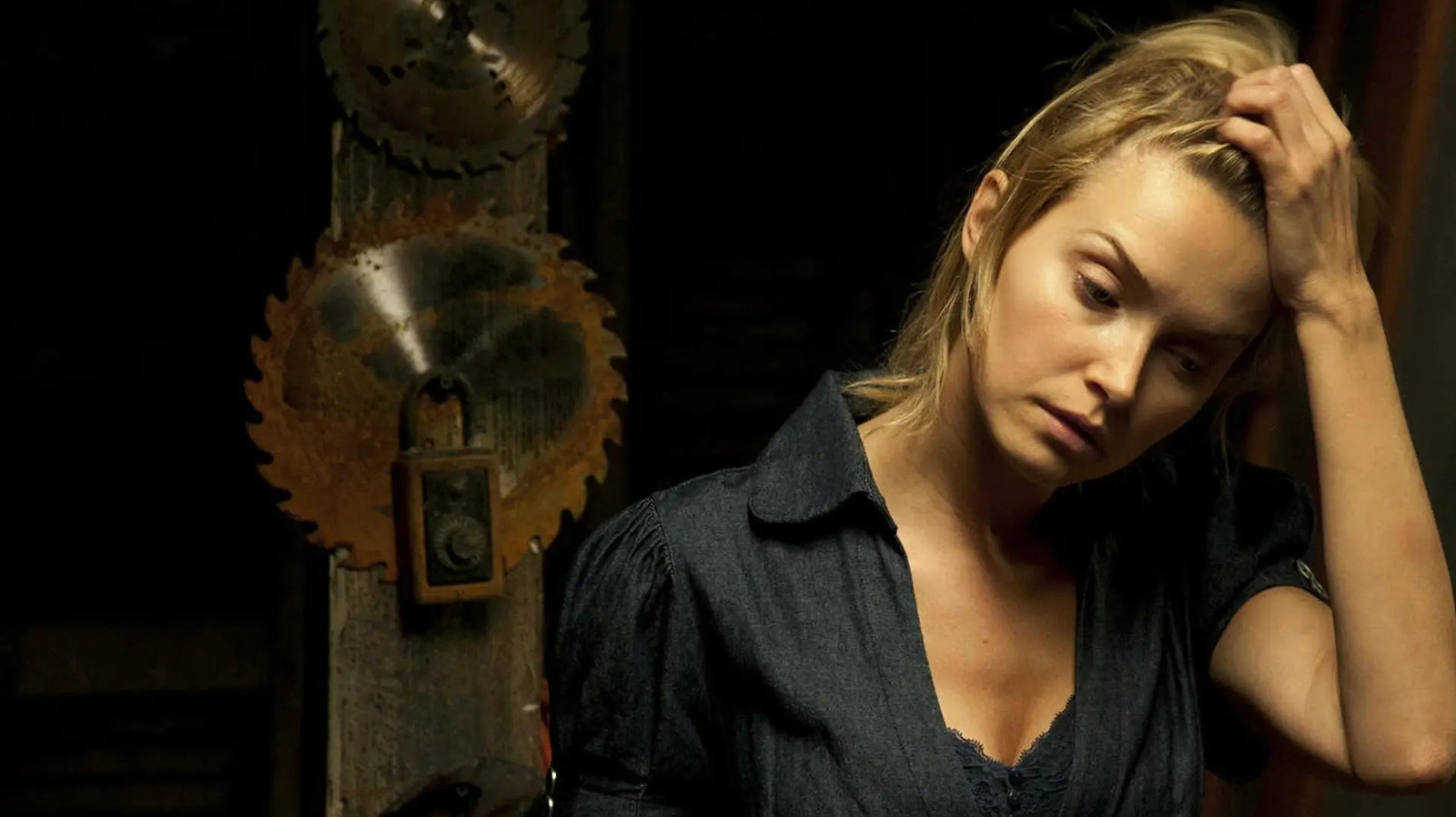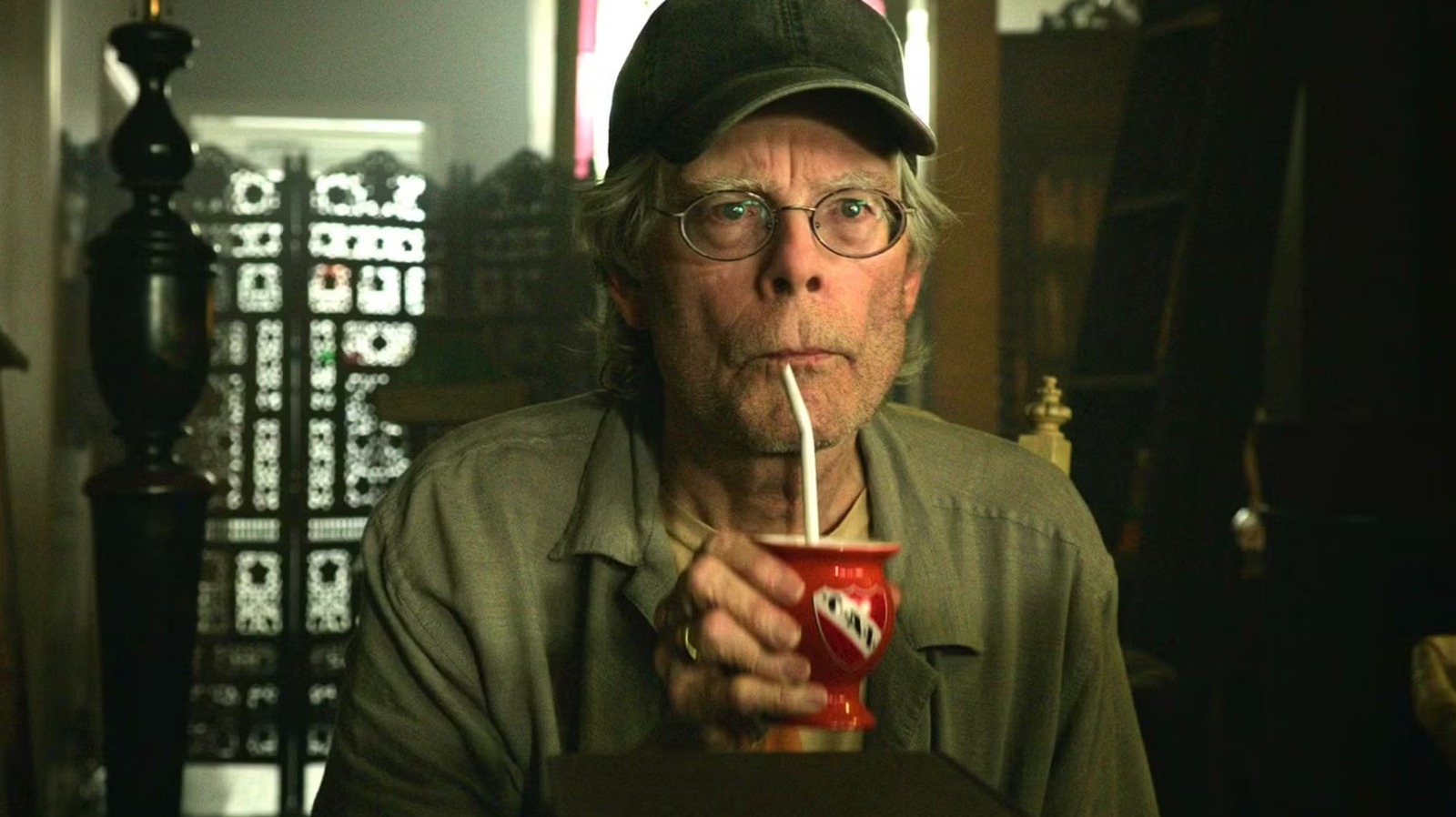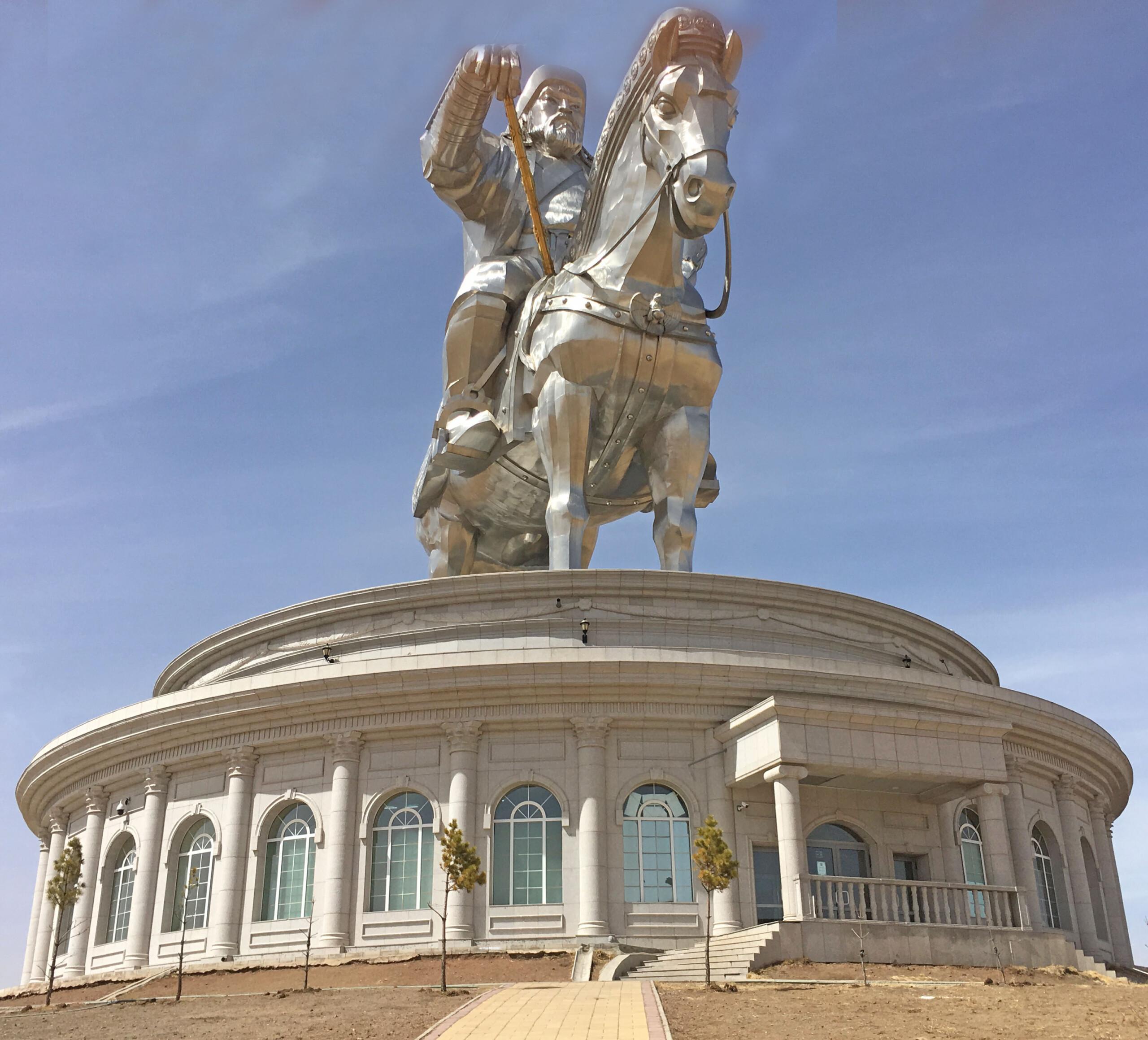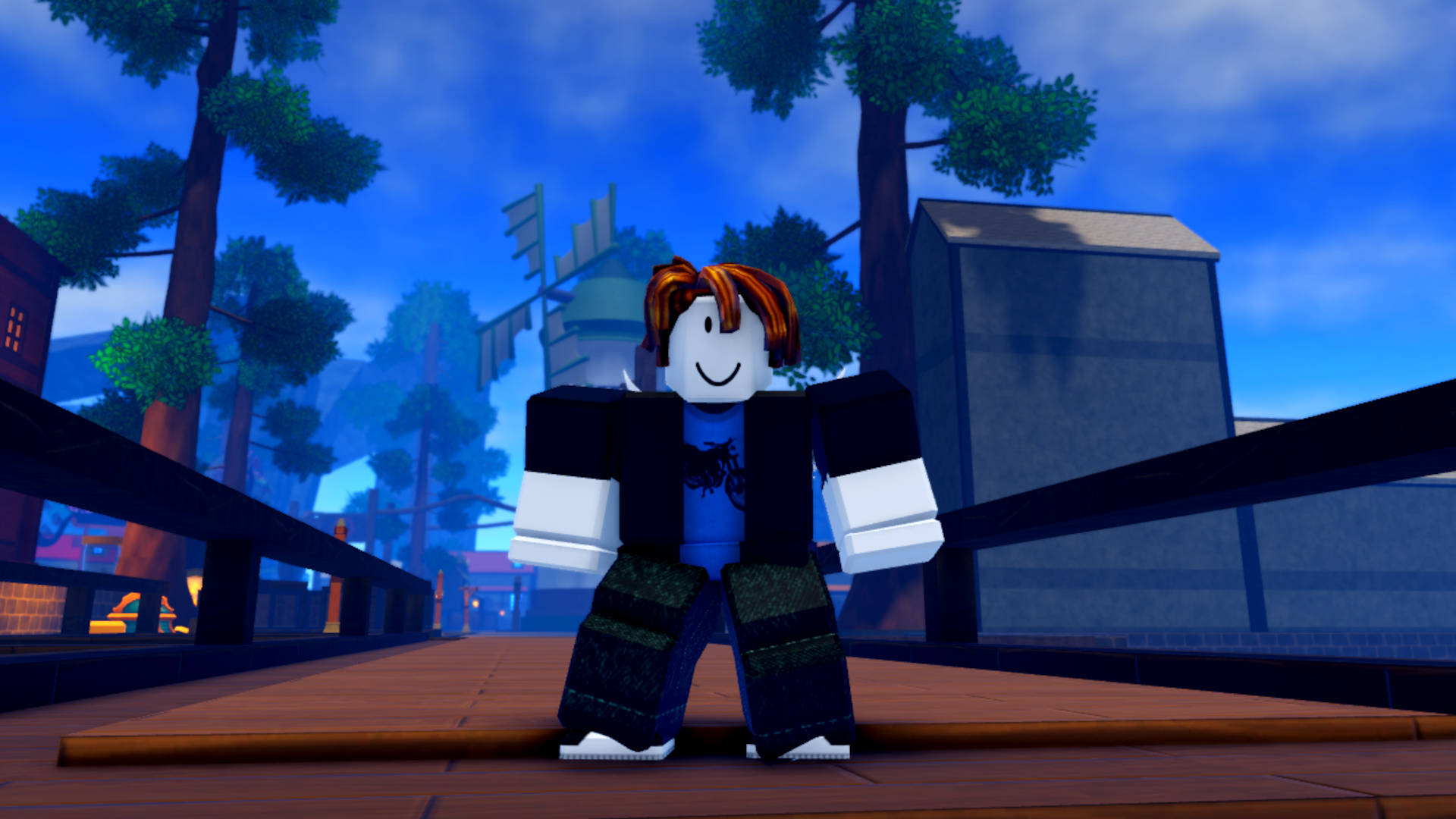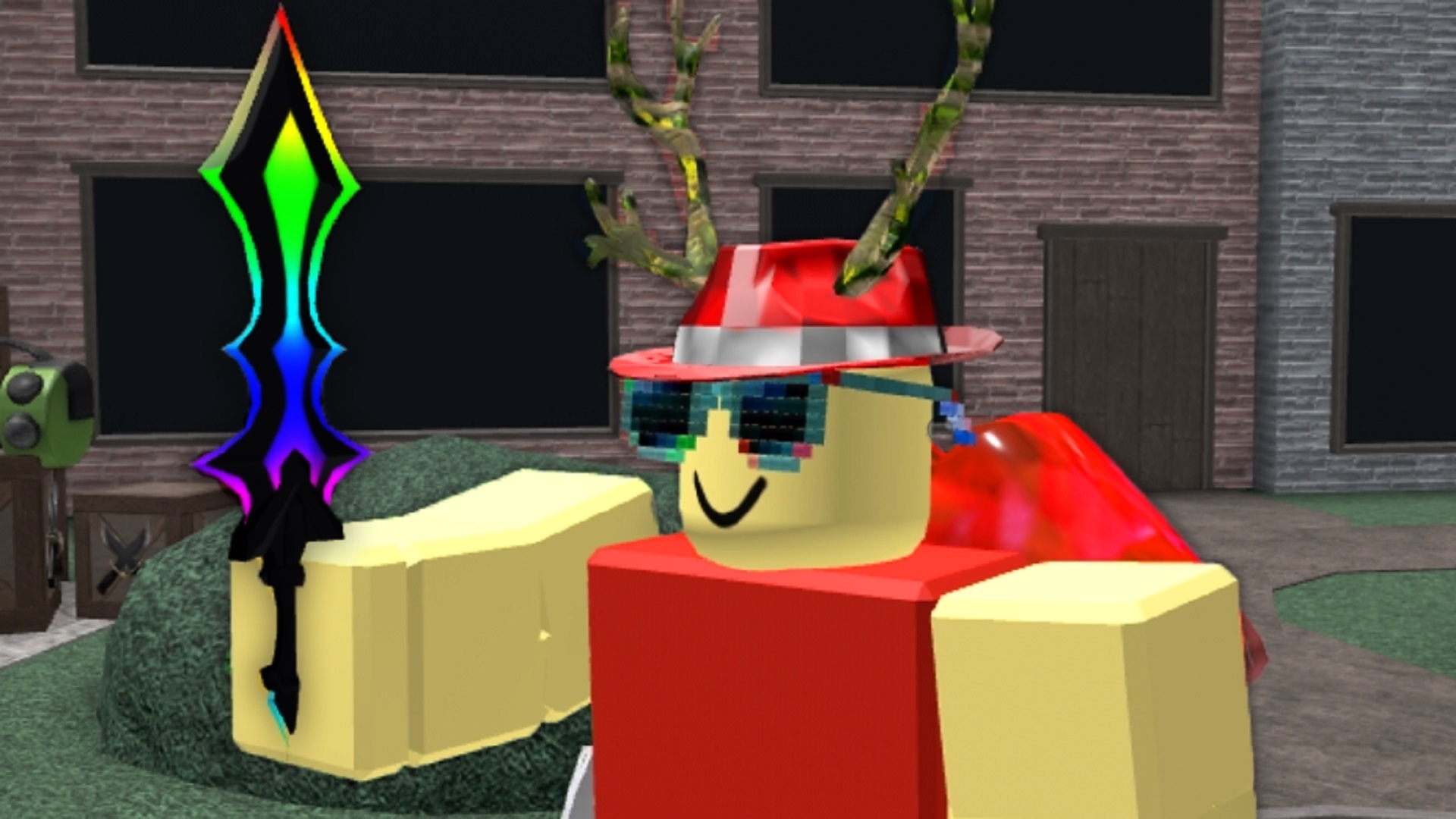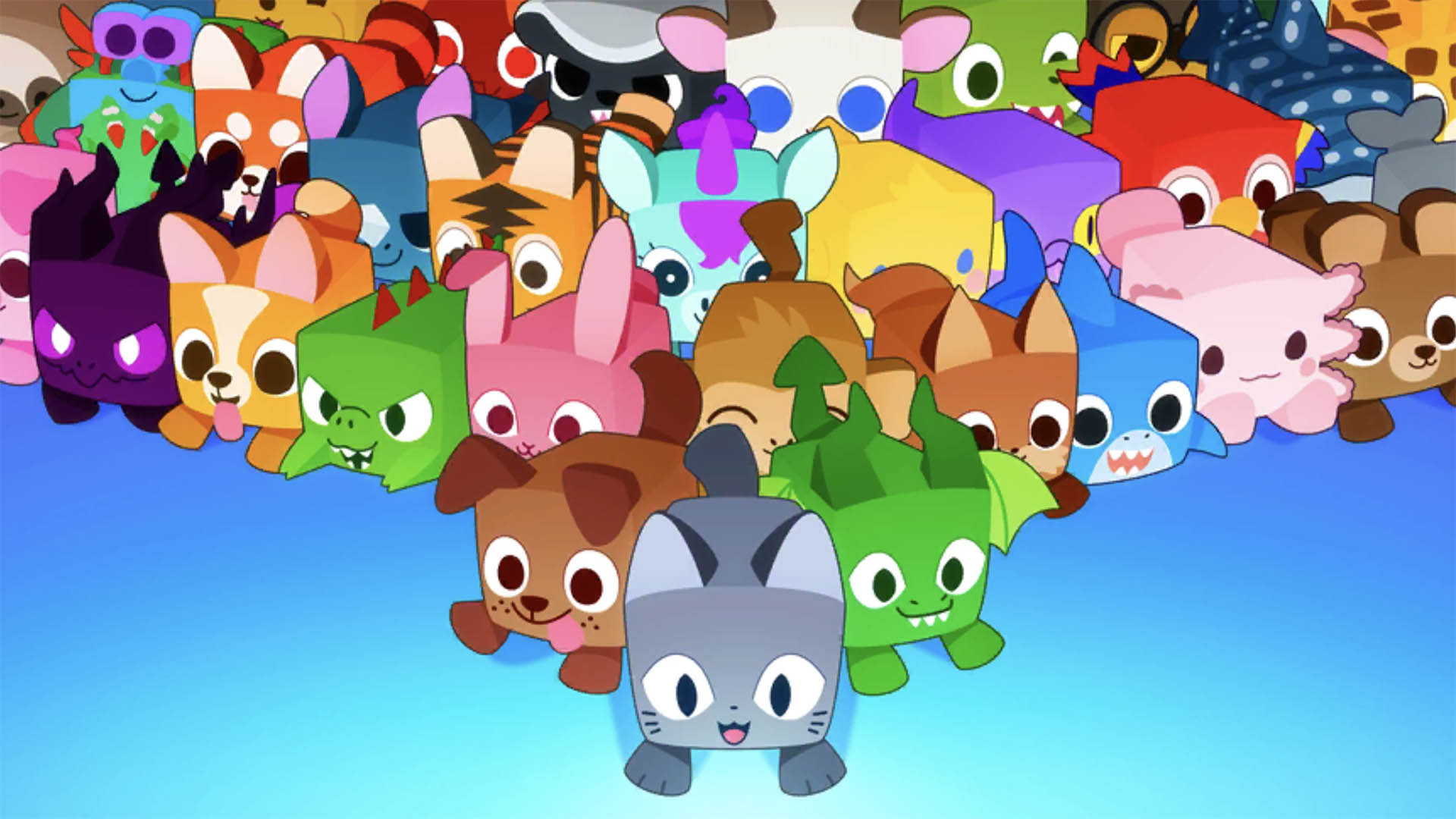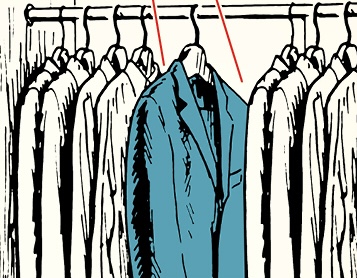Hypeart Visits: Leyla Fischer's "Silent Echoes" Balances Pain & Strength
Leyla Fischer’s journey is one of contrasts—dualities that shaped her and now define her work. For our latest Hypeart Visits series, we turn the spotlight on Fischer, a creator whose art bridges vulnerability and strength. Her latest series, "Silent Echoes," is a deeply personal exploration of resilience, transformation, and self-discovery, told through the striking imagery of Dobermans.Born to a Somali mother and a German father, Fischer grew up in the midst of opposing cultural and philosophical worlds. Her mother’s Muslim faith stood in sharp contrast to her father’s atheism, creating a tension that fostered a lifelong search for balance and identity. This duality finds its voice in "Silent Echoes," a series born from grief, solitude, and an unflinching confrontation with fear.“I faced everything head-on,” Fischer shares. “I isolated myself for months, pouring those emotions into this series. It became a lifesaver.” She began sketching Dobermans in her father’s apartment in Germany, and three months before his passing, she completed the final painting. The act of creation became her shield, a source of strength as she navigated profound loss.The Dobermans in "Silent Echoes" are more than subjects; they’re embodiments of Fischer’s journey. Depicted in varying emotional states, they capture the raw contrasts she’s experienced. “Dobermans are loyal, powerful, and intimidating,” Fischer explains. “They mirrored everything I was feeling.” Each piece, both an emotional diary and a self-portrait, reflects the depths of her transformation. "Silent Echoes" invites viewers to step into Fischer’s world—a space where pain and power coexist, and where art becomes a refuge. Read the full interview below."Each painting is a conversation, my way to express the pain and beauty of being alive." How has your family’s history influenced the emotional undertones of yourwork?It was this past year that shaped those undertones. I can say I faced all my biggest fears within that time, dealing with loss, grief, loneliness - it got to a point where I feel like I became almost fearless. I was thinking about that recently when my friend asked me what my biggest fear was and I couldn’t really answer that question anymore. What if you experienced them already? From there, I got pushed in a state of reflection which forced me to confront all that had happened. I wanted to fullyexperience it and create something from it, so I chose to isolate myself for a fewmonths. And out came “Silent Echoes”.What central ideas or emotions are you exploring through your current collection of paintings?For me, looking at my paintings is like reading my diary or looking into a mirror. I explored feelings like love and sadness, but also peace and anger. Each painting is a conversation, my way to express the pain and beauty of being alive.What inspired you to use Dobermans as a central motif in this collection, and what do they signify for you personally?When I started sketching the Dobermans, I didn’t know why. I just sketched what came up in my head. If you look at Dobermans, they look so majestic, loyal and elegant, but also protective, intimidating and powerful. After I finished the first oil paint I understood the “why” and connected the dots. All those contrasts andcharacteristics showed the transformation that I’ve been through. When I stood infront of the painting I felt like the dogs protected me, but I painted them, which meantI’m protecting myself. That was the moment when I felt something really personaland special, especially in a phase while I was dealing with a lot of shit. I started with the sketches at my dad’s apartment in Germany when he was still alive. Three months later when I finished the last oil paint, he passed away. I really don’t know how my year would have been If I didn’t paint this series. Lifesaver, if you want to call it that. While painting I felt stronger - even if a painting made me feel frustrated and mad. It’s for sure the most personal collection I’ve ever created."I wanted to paint with no rush and enjoy it - but also I felt a strong urge to get everything out there and express what I was feeling right away." How does the scale of these paintings enhance or shift the narrative you’retrying to communicate?The scale of my paintings was important because it pulls you in. When something is big, it demands your attention and makes you feel the intensity of the message. I wanted the viewer to feel surrounded by the ideas and emotions I’m expressing. For example, the small paintings that show the Doberman angry and screaming, are loud, even though the scale is small.What did a typical day in your studio look like when you’re immersed in this series?When I started with the oil paintings I gave myself my own deadline, and treated it like my own little personal experiment. I wanted to paint with no rush and enjoy it - but also I felt a strong urge to get everything out there and express what I was feeling right away. So, when


Leyla Fischer’s journey is one of contrasts—dualities that shaped her and now define her work. For our latest Hypeart Visits series, we turn the spotlight on Fischer, a creator whose art bridges vulnerability and strength. Her latest series, "Silent Echoes," is a deeply personal exploration of resilience, transformation, and self-discovery, told through the striking imagery of Dobermans.
Born to a Somali mother and a German father, Fischer grew up in the midst of opposing cultural and philosophical worlds. Her mother’s Muslim faith stood in sharp contrast to her father’s atheism, creating a tension that fostered a lifelong search for balance and identity. This duality finds its voice in "Silent Echoes," a series born from grief, solitude, and an unflinching confrontation with fear.
“I faced everything head-on,” Fischer shares. “I isolated myself for months, pouring those emotions into this series. It became a lifesaver.” She began sketching Dobermans in her father’s apartment in Germany, and three months before his passing, she completed the final painting. The act of creation became her shield, a source of strength as she navigated profound loss.
The Dobermans in "Silent Echoes" are more than subjects; they’re embodiments of Fischer’s journey. Depicted in varying emotional states, they capture the raw contrasts she’s experienced. “Dobermans are loyal, powerful, and intimidating,” Fischer explains. “They mirrored everything I was feeling.” Each piece, both an emotional diary and a self-portrait, reflects the depths of her transformation. "Silent Echoes" invites viewers to step into Fischer’s world—a space where pain and power coexist, and where art becomes a refuge. Read the full interview below.




"Each painting is a conversation, my way to express the pain and beauty of being alive."
How has your family’s history influenced the emotional undertones of your
work?
It was this past year that shaped those undertones. I can say I faced all my biggest fears within that time, dealing with loss, grief, loneliness - it got to a point where I feel like I became almost fearless. I was thinking about that recently when my friend asked me what my biggest fear was and I couldn’t really answer that question anymore. What if you experienced them already? From there, I got pushed in a state of reflection which forced me to confront all that had happened. I wanted to fully
experience it and create something from it, so I chose to isolate myself for a few
months. And out came “Silent Echoes”.
What central ideas or emotions are you exploring through your current collection of paintings?
For me, looking at my paintings is like reading my diary or looking into a mirror. I explored feelings like love and sadness, but also peace and anger. Each painting is a conversation, my way to express the pain and beauty of being alive.
What inspired you to use Dobermans as a central motif in this collection, and what do they signify for you personally?
When I started sketching the Dobermans, I didn’t know why. I just sketched what came up in my head. If you look at Dobermans, they look so majestic, loyal and elegant, but also protective, intimidating and powerful. After I finished the first oil paint I understood the “why” and connected the dots. All those contrasts and
characteristics showed the transformation that I’ve been through. When I stood in
front of the painting I felt like the dogs protected me, but I painted them, which meant
I’m protecting myself. That was the moment when I felt something really personal
and special, especially in a phase while I was dealing with a lot of shit.
I started with the sketches at my dad’s apartment in Germany when he was still alive. Three months later when I finished the last oil paint, he passed away. I really don’t know how my year would have been If I didn’t paint this series. Lifesaver, if you want to call it that. While painting I felt stronger - even if a painting made me feel frustrated and mad. It’s for sure the most personal collection I’ve ever created.




"I wanted to paint with no rush and enjoy it - but also I felt a strong urge to get everything out there and express what I was feeling right away."
How does the scale of these paintings enhance or shift the narrative you’re
trying to communicate?
The scale of my paintings was important because it pulls you in. When something is big, it demands your attention and makes you feel the intensity of the message. I wanted the viewer to feel surrounded by the ideas and emotions I’m expressing. For example, the small paintings that show the Doberman angry and screaming, are loud, even though the scale is small.
What did a typical day in your studio look like when you’re immersed in this series?
When I started with the oil paintings I gave myself my own deadline, and treated it like my own little personal experiment. I wanted to paint with no rush and enjoy it - but also I felt a strong urge to get everything out there and express what I was feeling right away. So, when I started working on the first Doberman collection, it took me 2.5 months, no days off. Every day I prepared food at home for every meal so I didn’t have to waste time thinking about food, and I wore my studio clothes everywhere so I didn’t have to think about outfits. It helped and became a routine real quick during that time. So, my studio day doesn’t sound that interesting – breakfast, painting, lunch, painting, dinner, sleep




"When I lay my thoughts and emotions on the canvas, I expose my inner self and that’s vulnerable. But there’s strength in that honesty"
How do you approach the physicality and technique of painting on such large canvases?
Working on large canvases made me move and lose myself in the world that I created. It’s about capturing that raw energy. Each dog represents a different story, a different emotion. My techniques are about depth and intensity. When I layer oil paint, I think about how they interact, how they create tension and harmony – it’s not planned, the spontaneity is crucial.
What role does your studio environment play in shaping your creativeprocess?
I would call it a good mix of chaos and tidiness, like an extension of my mind. When I walk into my studio, it feels more home than my actual apartment. It allows me to fully express myself and that is where my visions truly come to life. Music plays a big role, rhythm and energy can open up my mind.
How do you navigate the tension between vulnerability and power in your work?
I think vulnerability and power are two sides of the same coin in my art. When I lay my thoughts and emotions on the canvas, I expose my inner self and that’s vulnerable. But there’s strength in that honesty.
Photography by Julius Ignacio for Hypeart.
What's Your Reaction?









